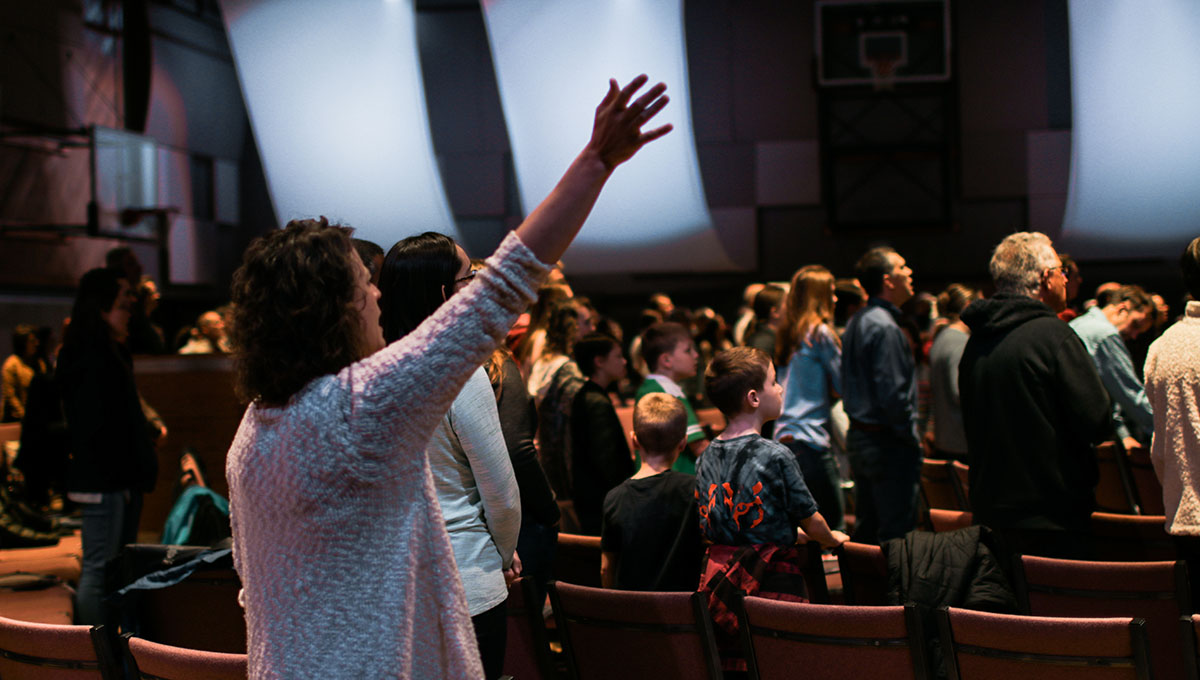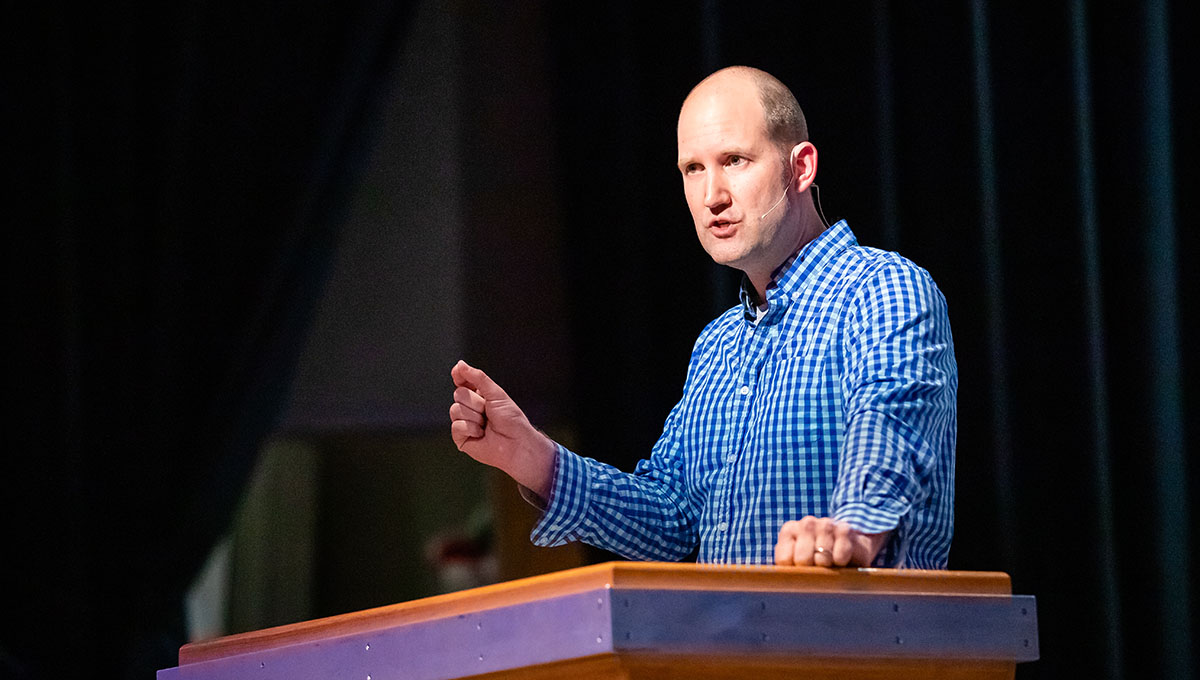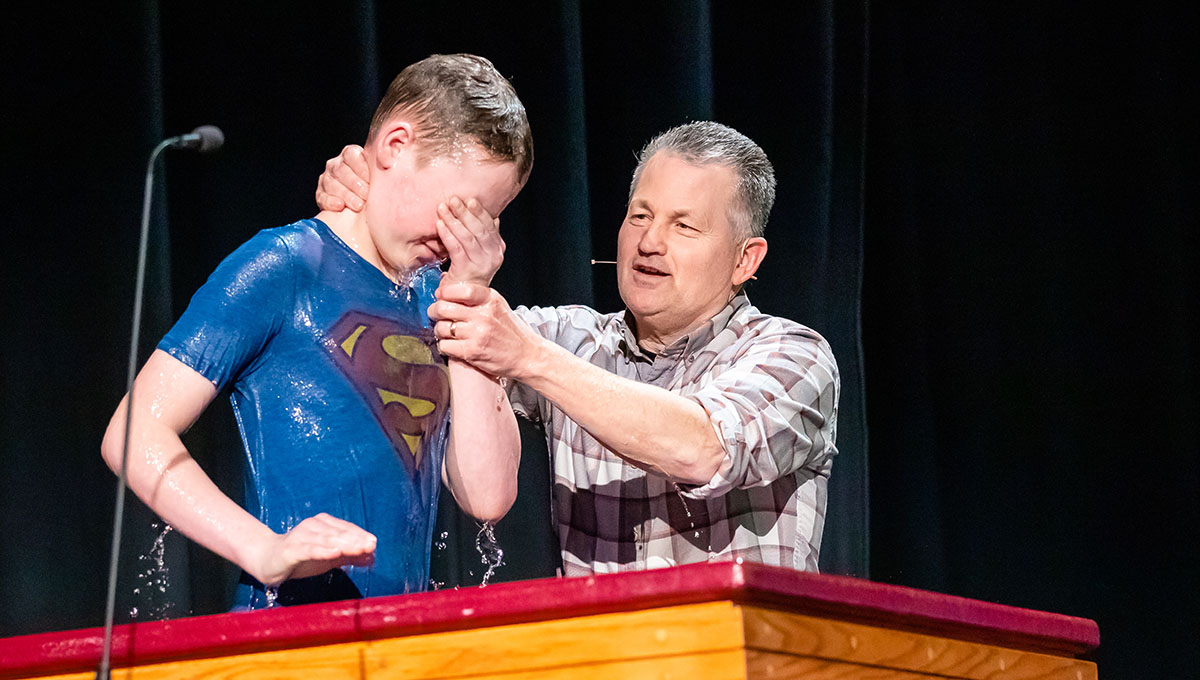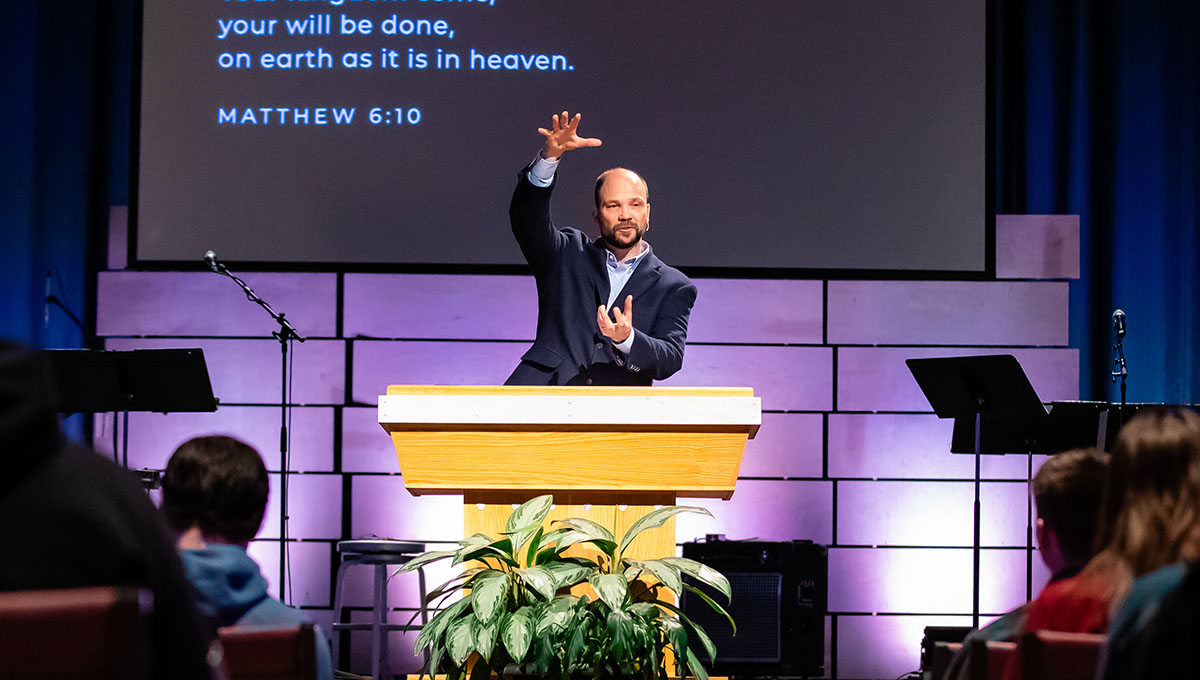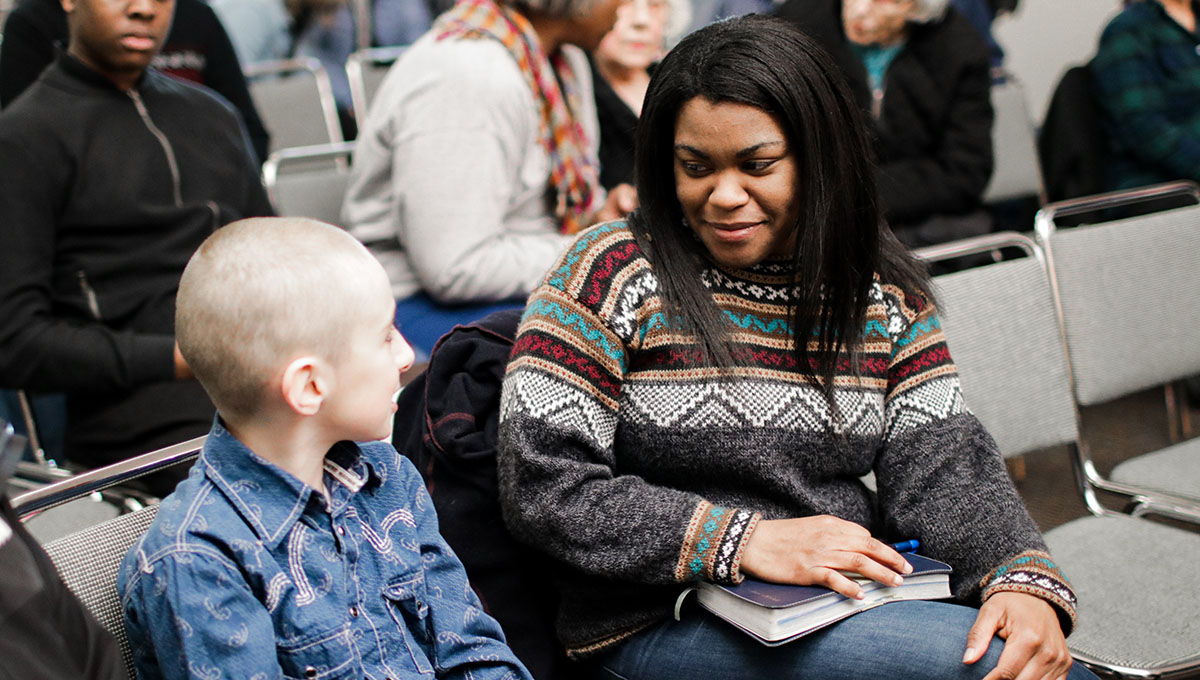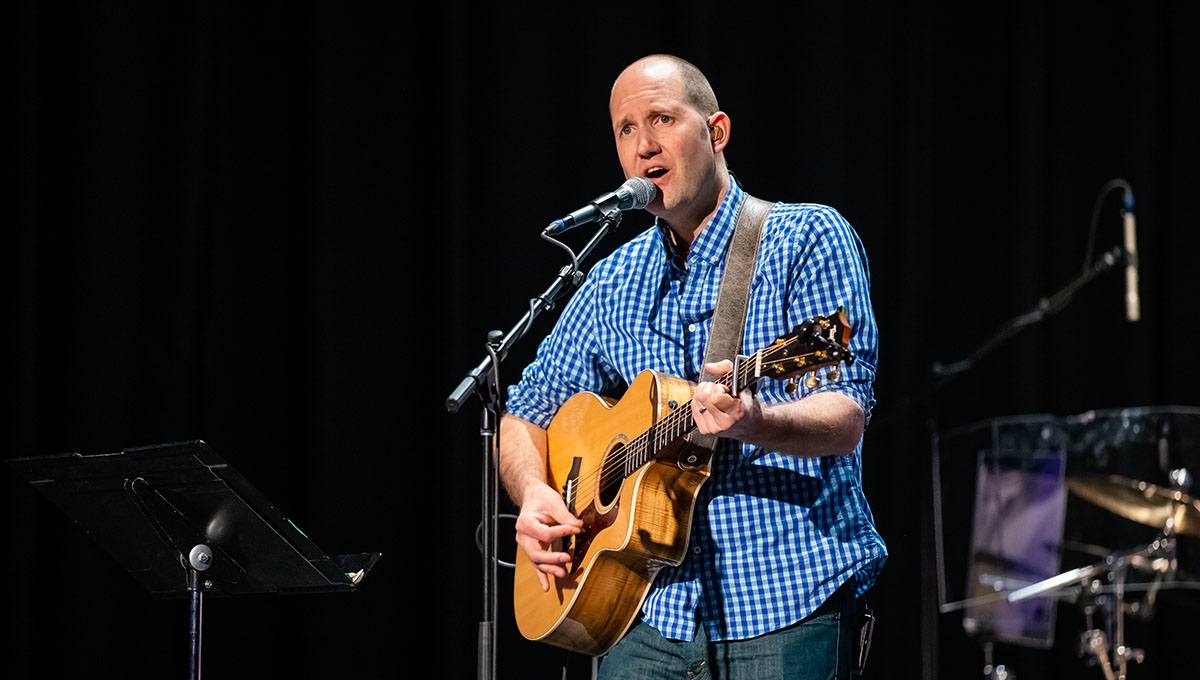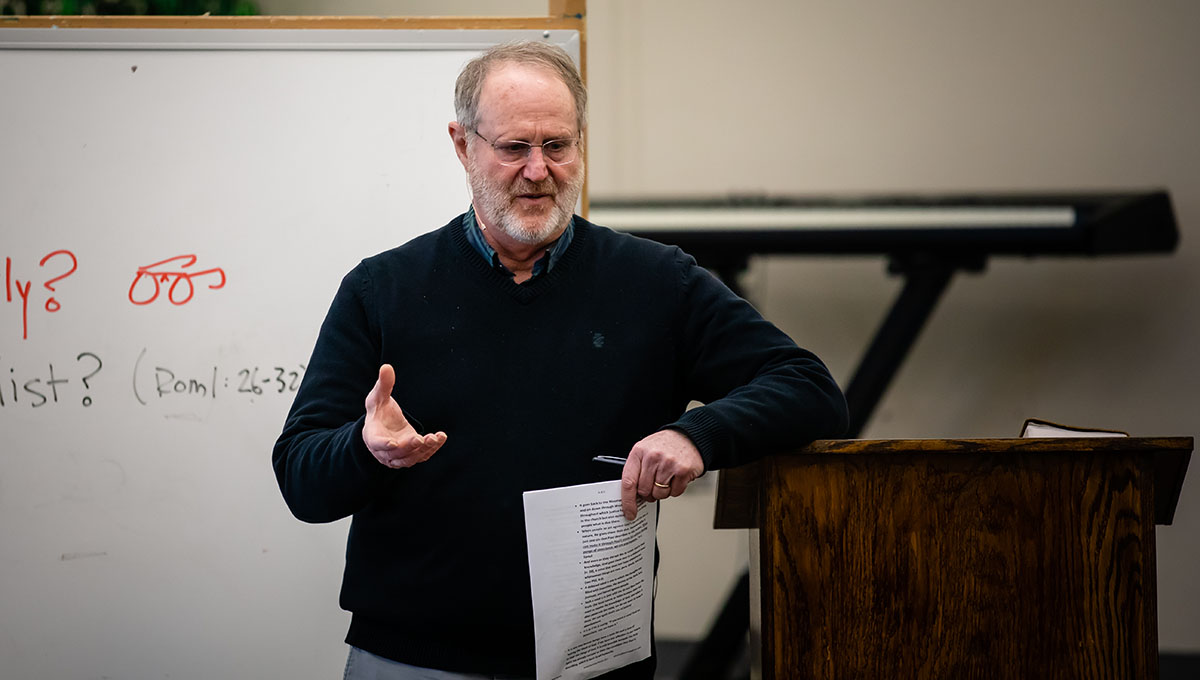A History of Heresies?
- Steve Hatter
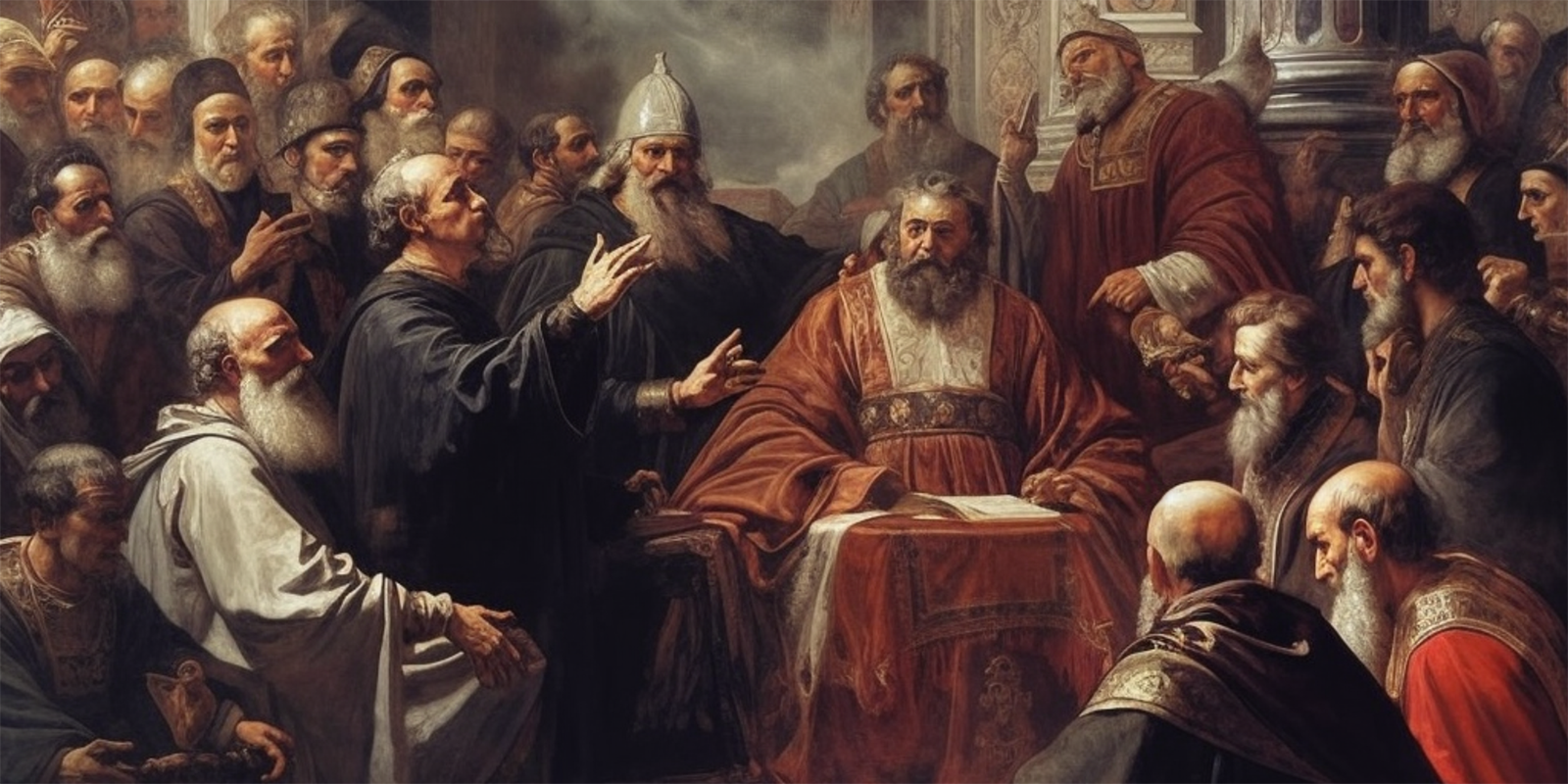
Of the many benefits I could list about taking on seminary training as a sixty-something is that I’m compelled to read books that I likely would not have ever attempted to conquer absent the forcing mechanism of graded assignments. One such book that I recently read cover-to-cover was Theologian and Seminary Professor Harold O. J. Brown’s (July 6, 1933 – July 8, 2007) Heresies: Heresy and Orthodoxy in the History of the Church. (Peabody, MA: Hendrickson Publishers, 1984). In the early 1980’s Doctor Brown undertook the project desiring to—in his words—tell “the story of how succeeding generations of Christians through almost twenty centuries have tried to understand, trust, and obey Jesus Christ.” In undertaking such an ambitious mission of researching and writing about the rich and complex historical journey of Christ’s followers, Brown had an epiphany of sorts. He discovered that the history of the Christian faith is “in large part a history of heresies.” Moreover, Brown discerns that not only is Christianity plagued by heretical assault, but that such a regular and existential assault is quite unique to the Christian faith. In other words, competing faith traditions and worldviews do not regularly experience intense doctrinal fights like in the history of the Christian church. Harold Brown’s 450 page book represents his efforts to explain why.
Brown’s central proposition is that the reason Christianity is plagued by heretical assault is simply the incredible claims and deeds of our Lord, Jesus of Nazareth. Jesus’s unequivocal assertions to be the promised Christ of monotheistic Judaism who came “equal with God” (John 5:17-19) fundamentally mandate, according to Brown, that the ground of understanding, trusting, and obeying this Christ to be one of rational, spiritual, emotional, and even physical struggle.
In addition, the supposed supernaturally empowered passion and commitment of Christ’s followers who believe Him to be the Son of God and the Risen Christ who are commissioned to “teach all nations (Matt 28:19)” an unexpected gospel of salvation in the name of the One Triune God, naturally provokes a vigorous response.
Indeed, if the eternal destiny of every human ever born hinges on whether Jesus of Nazareth indeed was and is the promised Christ, and if His followers are, in fact, enlightened and focused as Christ promised the Holy Spirit would do, it stands to reason that Satan and unredeemed men will relentlessly seek to confuse and disrupt the profound truth of His Gospel and its advancing. Simply, Christ and His message invite a fight.
Yet, Scripture also confirms God’s sovereignty and providential agency in all things, even heresies, such that Dr. Brown could argue that even though the church’s path to orthodoxy was one of existential struggle, the heretical threats she faced, in fact, served to develop and advance orthodoxy positively. As the church sought to articulate the doctrines of the Trinity, the person and work of Christ as the second member of the Trinity, and the means of saving grace, the unexpected value of heresy emerges: “What we can and should do, however, is to note what orthodoxy owes to heresy: in a sense, it owes its very existence,” says Brown.
The professor comes strong with his providential interweaving theme in asserting that fighting the earliest heresies in the forms of Gnosticism and Arianism begat the critical church councils beginning with Nicaea and Chalcedon. This fight was significant because the New Testament was still being revealed to its inspired writers in the first two centuries of church history. In recounting this era of church development, Brown well articulates how sincere and committed believers sought to obey Jude 1:3 (ESV) in contending “for the faith once delivered to the saints” against the “certain people” who “have crept in unnoticed who long ago were designated for this condemnation, ungodly people, who pervert the grace of our God into sensuality and deny our only Master and Lord, Jesus Christ (1:4).” The painstakingly crafted creeds built on faithful obedience established orthodoxy upon the rock solid foundation of inerrant Scripture.
Brown walks the reader through 2000 years of how various challenges to orthodox beliefs emerged, evolved, and were addressed by the church, but not before first defining heresy itself. Here, Brown provides essential insight into what ideas the early faithful considered heretical versus merely belief systems with which they could tolerantly disagree. He astutely offers church unity around the authentic saving Gospel as the critical criterion. The Apostle Paul seriously warned against anyone who would bring another Gospel, “let him be accursed,” he told the Galatian church (Gal 1:8).
Dr. Brown said it this way: “Honorable enemies are regarded with less hostility than the traitor within one’s own camp. The Christian life is often presented as spiritual warfare; if the pagans are the enemies, the heretics are the traitors.” The early Christians “felt a measure of tolerance for the pagans, even though they were persecuted by them.” Early Christians defined heresies within this paradigm as those doctrines or teachings that change the nature of the faith so fundamentally that it can no longer be trusted to be saving faith. Thus, the church fathers sought to wholly destroy heretical threats and those who brought them because salvation was at stake.
Another helpful construct for defining a heresy is offered by The Master’s Seminary (TMS) professor Nathan Busenitz. Busenitz traces the roots of all unsound doctrine to one or more of three main categories: a wrong view of the Savior, which comprises the person and work of Jesus Christ; a wrong view of the Scriptures, which involves the nature, sufficiency, and authority of Scripture; and a wrong view of salvation, which encompasses the purpose, means, object, accomplishment, and application of human redemption.
A final important criterion is that heresies tend to survive and resurface under other names and sponsors as the church advances. This is because heresies invariably seek to undermine a proper understanding of the Savior, His unique salvation, and the special revelation of the closed canon of Scripture.
So, what does all this mean to our church in Anchorage today? I would assert that heretical threats are as prevalent and near to us as in any time in church history. Consider the myriad cults in America and the pervasive negative impacts of liberalism since the 16th century regarding the sound doctrines of orthodoxy. We do not have to look far and wide for a heresy.
Thus, we need to be willing to fight for truth as Jesus first modeled for us in His earthly ministry, and we also need to study church history to the extent that we try not to lose ground on hard fought battles from our wonderful heritage!


